It’s tree planting time — the annual winter mantra here in the Valley.
Lately, it’s been perfect to be outdoors — except maybe for those 50-mile-an-hour gusts and high winds the other day!
Winter here is mainly for the birds. January was busy with the Christmas Bird Count and backyard feeder count. Read to the end of this post for news about the upcoming February Great Backyard Bird Count.*
Which brings us to a list of the best native trees for attracting birds.
Honey Mesquite (Prosopis glandulosa) is the best all-round tree for wildlife, according to some birding and wildlife enthusiasts — here are some of its attributes:
The seeds are eaten by jack rabbits, quail, songbirds, various small mammals and domestic livestock. Ground squirrels, various mice and rats consume the foliage and different birds nest in the tree’s canopy. Source, USDA Natural Resources Conservation Service Plant Guide by M.C. Johnston.
Wintering-over warblers frequent mesquite trees, eating insects and insect larva. Bees, flies and butterflies get nectar from the flowers; the leaves are larval food for long-tailed skipper and Reakirt’s blue butterflies.
This past spring, one of my mesquite trees housed hundreds of American snout butterflies for several days creating an impromptu Air B&B. It was like a fairyland when I rode the mower through the low-hanging branches; the butterflies surged like tiny fairies all around me, swarmed into the air, swirled around the tree and then re-settled in the branches, hidden again amongst the leaves as I travelled on.
There are quite a few native trees of varying sizes and growth rates, and with different attributes, that are helpful to those wanting to attract birds. The following ideas are from my novice observations and over-heard conversations — professional birders may have differing ideas.
Best for shelter — Anacua, Texas ebony, brasil
Best for food (berries) — Anacua, brasil, colima, coma, Barbados cherry, Texas persimmon — entertain no expectation of keeping the ripe persimmons for yourself
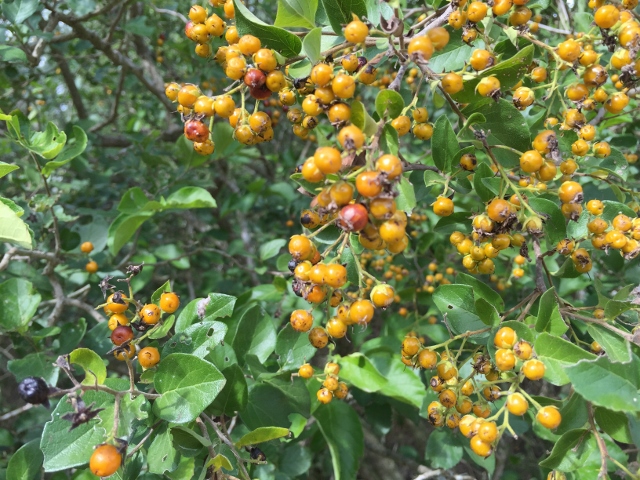
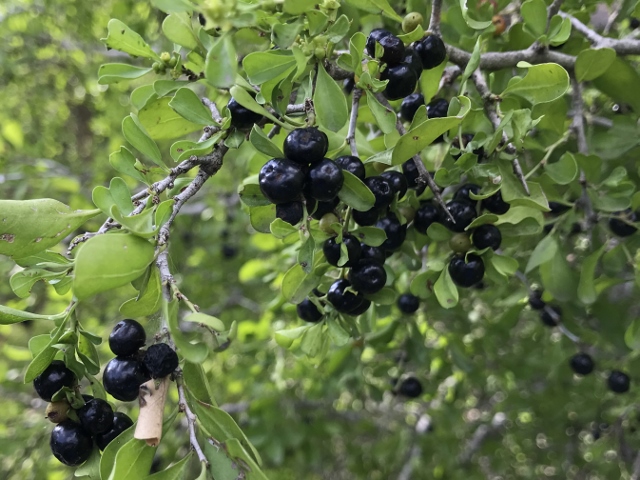
Best for nectar — Esperanza — butterflies, bees, hummingbirds, orioles; Mexican olive — blooms during every season
Best for nesting — Honey mesquite, ebony, anacua, potato tree
Best to keep out of your own yard — granjeno (spiny hackberry). Great bird-food tree but alas, greater potential for bird-planted upstarts of quick-growing, wickedly thorny trees
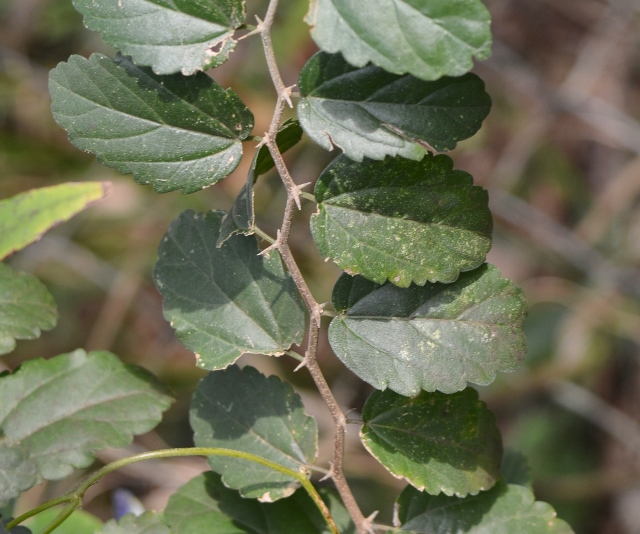
Best for spring warblers — Huisache
Best for butterfly larval food — Texas ebony
Best for all-round entertainment — Potato tree, Mexican caesalpinia
Best for native insects — Texas ebony, anacua, retama
Best for small gardens — Texas kidneywood, whitebrush, Texas torchwood, Sierra Madre torchwood, Mexican caesalpinia
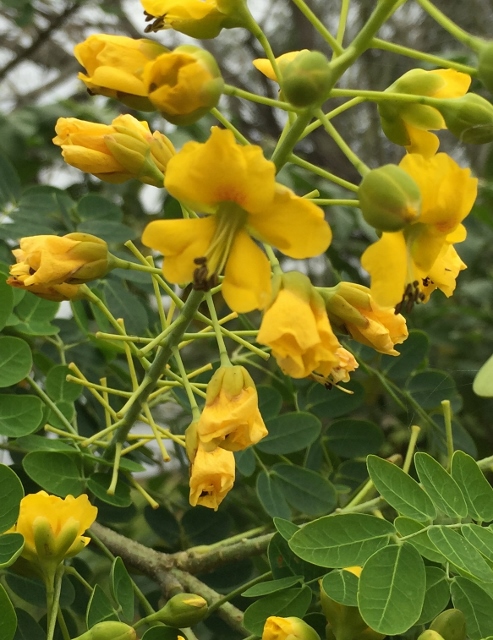
Best for Giant Swallowtail butterfly caterpillars — Both torchwoods, colima, Esenbeckia, barreta
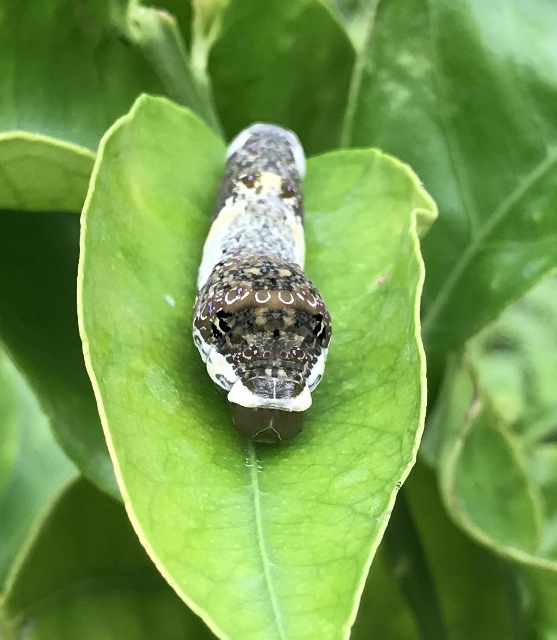
Best for year-round blooms — Wild olive
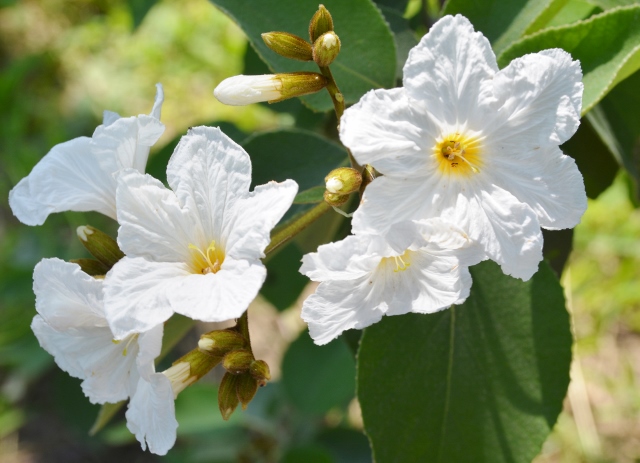
It’s not just tree-planting time
Trees are not swift-growing. If you want quicker results, plant one, or more, Berlandier’s fiddlewood (Citharexylum berlandieri). This is a large shrub that can bloom and berry all year. It invites song birds, and raucous chachalacas and green jays to its branches and fruit. The flowers attract butterflies and bees.
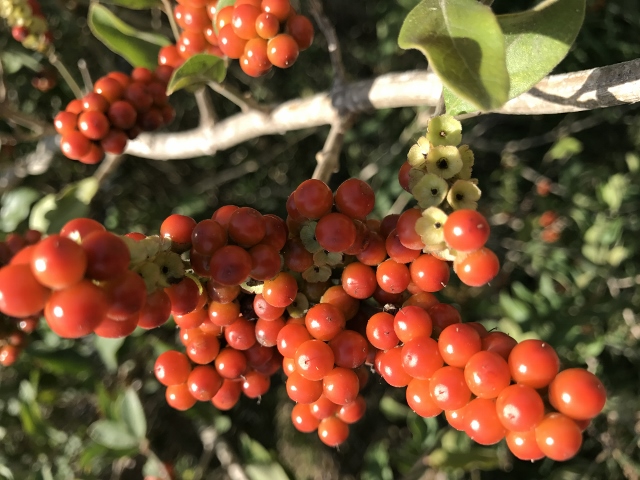
There are a great many shrubs that can be planted now for the greater good of the butterfly run in the fall!
Other shrubs to consider are the lantanas, skeleton-leaf golden eye, Turk’s cap, heliotrope, fall-blooming mist flower, snake eyes, yellow sophora . . . and SO many more! Like the Rio Grande butterfly bush (Buddleja sessiliflora) — newly planted and already blooming in gardens around Ebony Loop in Harlingen’s Hugh Ramsey Nature Park, planted by the chapter’s Thursday morning volunteer team!
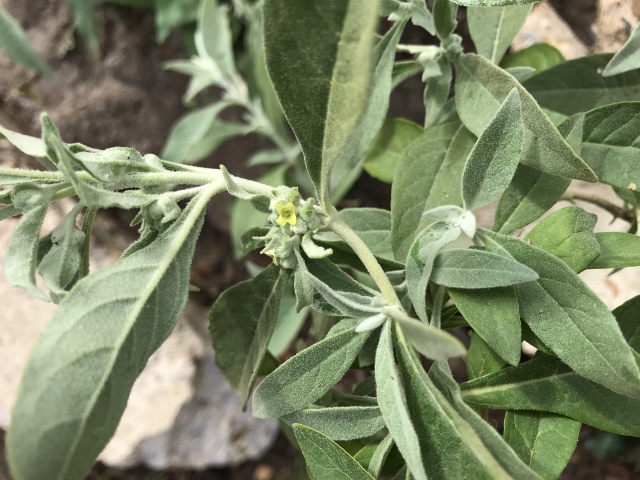
Before you plant, read about the Valley’s native trees, shrubs and plants.
If you’re new to Texas Master Naturalist or new to this blog, a must-have book is “Plants of Deep South Texas – A field guide to the woody and flowering species” by Dr. Alfred Richardson & Ken King, Texas A&M nature guides. Available at many of the Valley’s nature centers and online at Amazon.
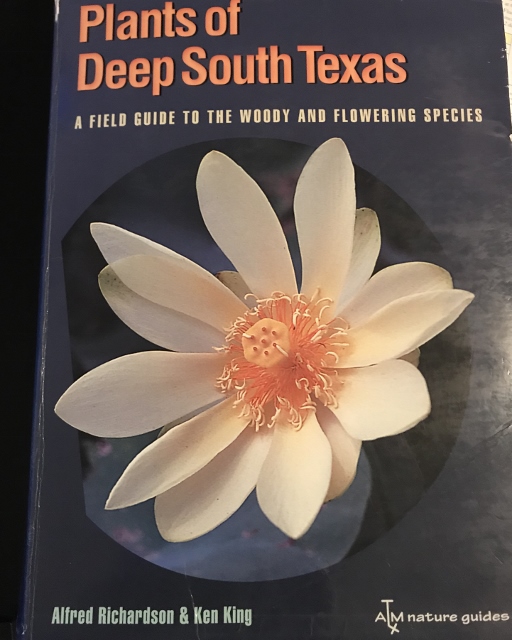
Some great Native Plant Project handbooks are available online at this link: https://nativeplantproject.com/
For a list of Valley native plant growers, check out this page on the Rio Grande Valley Chapter, Texas Master Naturalist site: https://rgvctmn.org/rgv-plants/
Organizations with monthly educational programs:
Both Valley Texas Master Naturalist chapters:
Rio Grande Valley Chapter https://rgvctmn.org/
South Texas Border Chapter https://www.stbctmn.org/
Arroyo Colorado Audubon Society https://www.arroyocoloradoaudubon.org/
Native Plant Project https://nativeplantproject.com/
An alphabetical list of Valley nature preserves and parks is at the following link.
https://townsquarepublications.com/rio-grande-valley-tx-nature-attractions/
Free guided native plant walks
Rio Grande Valley Texas Master Naturalists offer free guided native plant walks the first Friday and third Saturday through May 2020, at Harlingen’s Hugh Ramsey Nature Park where many native plants are highlighted in specialty gardens around the park’s Ebony Loop.
Meet the guides in the parking lot where the two-hour tour begins at 9 a.m. Ebony Loop is an easy quarter mile level caliche trail. Wear sturdy shoes, bring water and bug spray for yourself if desired. Restrooms are located at the
Hugh Ramsey Nature Park is at 1000 South 499, two miles south of Harlingen’s Valley International Airport or north on Ed Carey Drive, just north of the Arroyo Colorado River Bridge. Rain cancels; the threat of rain does not.
*A Citizen Science project in February — check this out for earning volunteer hours:
The 23rd annual GBBC will be held Friday, February 14, through Monday, February 17, 2020. Please visit the official website at birdcount.org for more information and be sure to check out the latest educational and promotional resources. Bird populations are always shifting and changing.
https://www.audubon.org/conservation/about-great-backyard-bird-count
Great and beneficial article for anyone wanting to “go native”. I have many of those but found a few I’d like to add. (If only my yard were bigger)
Thank you. You know, my theory is, there’s always room for one more . . . .
Wish I could grow some here in Tennessee. loved the Mexican Caesalpinia.
I’d suggest you could try one in a large patio pot that you could bring in during the worst of your winter days, but I’d be remiss in thinking it would be easy.
I have all the best for small garden except for the Kidneywood. May need to go shopping soon.
Thanks for the info. You do your research and I know experience from your own yard contributes and it is spot on.
Thank you, Norma. I appreciate your seal of approval — my first introduction to the concept of planting trees to attract birds was the tour of your yard a few years ago!
Really interesting articles, Anita! What a great site for learning! I had no idea about your knowledge of birds, plants, and butterflies; and your photos are stunning! So glad to have discovered this!
Thank you for the great comments. The Valley’s native habitat is fascinating — and there’s SO much to learn! Feel free to share the blog with anyone you think would be interested!